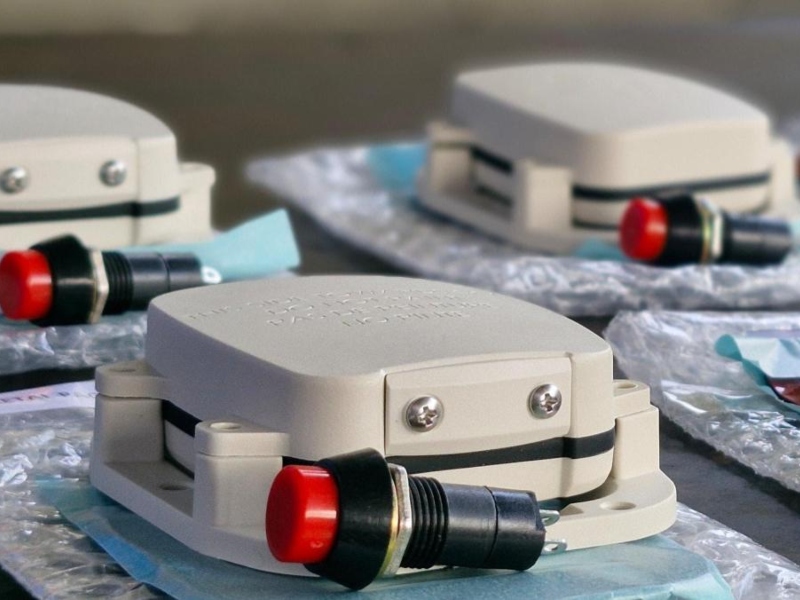Source: MPA Singapore
Mr Chee Hong Tat, Senior Minister of State for Finance and Transport, was the Guest-of-Honour at the annual Singapore Maritime Foundation New Year Conversations event. He spoke on the developments and 2022 performance of Maritime Singapore.
Growing our International Maritime Centre and MarineTech Ecosystem
As a leading International Maritime Centre, Maritime Singapore is home to a diverse range of maritime businesses, with more than 170 international shipping groups as well as other maritime players in the areas of finance, insurance, cybersecurity, shipbroking, law and arbitration. Despite global inflationary pressures and supply chain disruptions, our International Maritime Centre has expanded steadily in 2022.
Last year, total business spending by shipping companies exceeded S$4.3 billion, and more than 30 companies established or expanded their operations in Singapore, supported under programmes by the Maritime and Port Authority of Singapore (MPA). This is more than 30% higher than the number of companies which expanded operations or set up in Singapore in 2021.
Singapore was also recognised as the top international maritime city in the Xinhua-Baltic International Shipping Centre Development Index and Menon Economics-DNV’s Leading Maritime Cities of the World report.
MPA is working with the industry, research, and the investment community to grow our MarineTech ecosystem. The number of start-ups under Port Innovation Ecosystem Reimagined @BLOCK71 (PIER71TM) has grown from 17 in 2018 when PIER71TM was launched, to close to 100 today. These start-ups have raised overS$50 million in investment in the past four years, and four start-ups have also expanded their technology solutions abroad. MPA will continue to work with our partners to reach the goal of 150 MarineTech start-ups in Singapore by 2025.
Container, Cargo Throughput, Vessel Arrival Tonnage and Bunker sales in 2022
The Port of Singapore is essential to Singapore’s connectivity and trade with the rest of the world. In 2022, Singapore’s position as a trusted, global transshipment hub was strengthened amidst challenging global economic conditions. The Port of Singapore remained resilient compared to the decline in global container trade of about 3 to 4% in 2022. Despite the global slowdown in production and consumption, Singapore’s container throughput in 2022 reached 37.3 million twenty-foot equivalent units (TEUs), the second-highest throughput on record, and a slight decline of 0.7% from the record throughput of 37.6 million TEUs in 2021. A total of 577.7 million tonnes of cargo in 2022 was handled. Vessel arrival tonnage hit 2.83 billion Gross Tonnage (GT).
Singapore remained a favoured location for bunkers and has made progress in supplying alternative fuels, such as biofuels, to support maritime decarbonisation. A total of 47.9 million tonnes of bunker sales was registered in 2022. While total volume declined by 4.3% year-on-year, bunker sales in 2022 included about 140,000 tonnes of biofuel blends over more than 90 biofuel bunkering operations, surpassing the 16,000 tonnes in Liquefied Natural Gas bunker sales.
MPA has also developed a framework for licensed bunker suppliers to supply biofuel to vessels within the Port of Singapore. A provisional standard for marine biofuel specifications, for blends of up to B50, was developed in consultation with industry and researchers to support trials by the maritime community on carbon emissions reduction potentials of biofuels. Currently, commercial sales of biofuel blends of up to B24 are available for the maritime sector in Singapore.
In December 2022, MPA and the Energy Market Authority also launched anExpression of Interest (EOI), calling for proposals to build, own and operate low or zero-carbon ammonia power generation and bunkering solutions in Jurong Island.The EOI is open until end April 2023.
Singapore Registry of Ships among Top Registries
The Singapore Registry of Ships (SRS) continues to rank as one of the top five largest ship registries globally, with a high-quality fleet. The total tonnage of ships under the Singapore flag in 2022 was close to 96 million GT, about a 4% increase from 2021. In 2022, 25 Singapore-flagged ships from 13 companies received Green Ship certificates under the Green Ship Programme.
Since 2011, over 650 ships have been recognised under the programme, which will continue to evolve to support the decarbonisation of the maritime sector. The SRS expects to see a steady rise in green fleet, given Maritime Singapore’s continued efforts to attract green ships into the SRS through co-developing standards and pilots with research institutes and classification societies.
Details of Singapore’s port performance for the last ten years, from 2013 to 2022, are listed in Annex A.
Singapore’s International and Regional Efforts
MPA continues to champion issues globally through active engagement and multi-stakeholder collaboration with international organisations, including the International Maritime Organization (IMO), the International Association of Marine Aids to Navigation and Lighthouse Authorities, the International Hydrographic Organization and the International Mobile Satellite Organization.
In December 2022, Singapore’s Tan Hanqiang was appointed Vice-Chair of the IMO’s Marine Environment Protection Committee which will review the greenhouse gas emission reduction pathways and strategies at the IMO. The appointment is a testament to Singapore’s long-standing efforts to bring parties together for consensus-building at the international level.
Singapore is also working with countries, research and industry stakeholders to develop Green and Digital Shipping Corridors (GDSC), which serve as valuable testbeds to trial new technologies and fuels in a sandbox environment, gain operational and safety experience, optimise route planning, prior to scaling up for wider adoption. To-date, Singapore has announced a GDSC collaboration with the Port of Rotterdam to establish the world’s longest green and digital shipping corridor, and is working with the Port of Los Angeles, the Port of Long Beach, and C40 Cities towards a corridor between Singapore and the San Pedro Bay port complex.
The Next Bound of Growth for Maritime Singapore
Maritime Singapore will capture new opportunities and drive further growth through continued investments in capability-building, talent development and innovation, and anchored by strong tripartite partnerships.
![]()
































